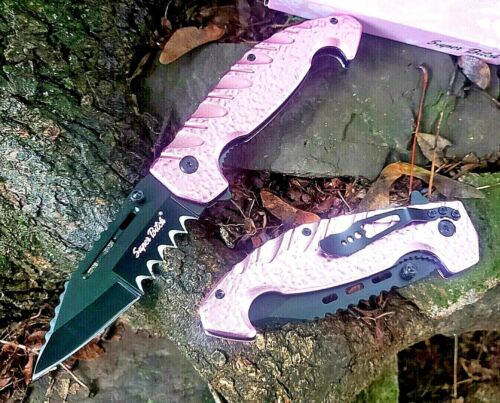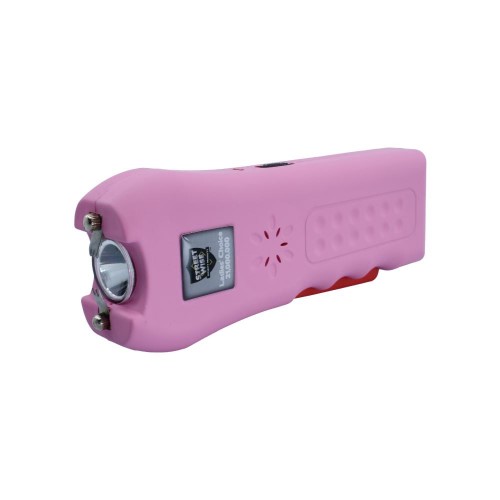
There are many tips you should remember when training to fight. Your conditioning is the key to success in the ring. Try incorporating sprint intervals into your workout. Run sprints for 30 seconds on a treadmill. Continue this by light jogging for 30 seconds. Repeat this workout for 10 minutes. Remember that fights can include both steady and explosive action. Your physical conditioning is key to your ability to weather explosive action.
Conte's SNAC Dome - training facility
A unique aspect of Conte's training facility is his SNAC Dome. This large bubble measures approximately 18 feet in diameter by 12 feet high and pumps air with a 10% oxygen mixture. Your body produces red blood cells due to the artificially high pressure. The oxygen carried by these red blood cells is vital for your health. High-tech breathing machines allow boxers to feel as if they are at sea level. This allows boxers to perform resistance training and shadow box while also allowing them to practice mitts and shadow box.
This training method blends traditional exercises with hypoxic, which lowers oxygen levels for high intensity workouts. This triggers the body’s adaptive mechanisms. During training, fighters at Conte's SNAC gym perform a variety of exercises that simulate breathing in a low-oxygen environment. They can do everything from battle ropes to heavy bag exercises to running on a non-motorized track. In addition to this, they wear a custom harness and mask connected to a high-altitude simulator. Training under these conditions is meant to produce a stronger, more explosive fighter.
Korchemny's hypoxic training facility
Endurance athletes use hypoxic chambers for a variety of purposes, including training and competing. They are expected to grow moderately due to their legal and convenience advantages. While the technology can be a useful enhancement for athletic performance, athletes should select the right chamber solution based on their needs. This article examines hypoxic chambers' benefits and limitations. Ultimately, athletes should choose an appropriate solution to improve performance.

Highly specialized equipment is used to create hypoxic training environment. Multiple chambers can be used by multiple users in the facility. The hypoxic chamber can imitate altitude thanks to the high-precision equipment. Hypoxic Training also aids athletes to adapt to higher elevations. Hypoxic exercise can help athletes to improve their health and fitness.
Imi Lichtenfeld's Krav Maga self-defense classes
The krav maga self-defense techniques were developed by the legendary Israeli fighter Imi Lichtenfeld in the late 1950s. Lightenfeld's skills in fighting and self-defense were recognized by the Jewish Defense Leagues. He taught the groups in unconventional warfare tactics known as kapap. Kapap stands for face–to-face combat. Lichtenfeld, who had retired from the IDF in 1982, founded the Israeli Krav Maga Association. This association aims to share his knowledge and techniques with the rest of the world.
Lichtenfeld was born in Hungary and grew up in Bratislava. His father was a fighter and had a reputation for making arrests. Lichtenfeld was a self defense instructor and educator. He combined the best of both sport combat with self defence. Imi's father is a professional ballet dancer, and was featured in the stage production of "Mephisto."
Taekwondo competitors taper their training prior to a fight
The volume of training should decrease by 40 to 50% in the week before a fight. Seven to ten days prior to the fight, you should reduce the volume by 70 to 80 percent. This training taper helps athletes recover from training camp more quickly and maximize their anaerobic strength. Additionally, fighters should decrease their training volume for the final day.

For a week before the fight, fighters should focus on technical work, such as shadowboxing, mitts, and hitting the heavy bag. The final two days of training should not be heavy and focus on injury prevention. Foam rolling should be used to ease pain and knots. The fighter should be fresh and sharp for the fight. However, they must also prepare their bodies to handle the intense competition.
FAQ
How many times a week should I exercise?
It all depends on your time and the type of exercise that you enjoy. You should do moderate-intensity aerobic exercise three to five days per week. It's important that you don't overdo it. Consistent exercise is essential to achieving maximum benefit from your workouts.
Which exercises work best for you?
It all depends upon your fitness goals. Some people choose to focus on endurance activities, such as swimming, cycling, and running. Others enjoy lifting weights or using resistance bands. There are many types of exercise programs today. Choose an option that suits your lifestyle.
How To Build Muscles Fast?
Fast muscle building is possible by eating healthy foods and regularly lifting weights.
The best time to work out is early morning when you are fresh and ready for action!
It is a good idea to do exercises like push-ups (pushes), bench presses (squats), and so on.
Try different weight training routines, and don't forget to drink plenty of water throughout the day.
Is Cardio Better Than Strength Training?
Both are equally great. For those who want to gain muscle quicker, cardio is a better choice.
Cardio burns a lot more calories per minute that strength training and is more effective at burning fat.
Strength training is a great way to build muscle mass. However, it takes more effort than cardio.
Statistics
- According to the American Heart Association, blood pressure should be checked at least once every two years, beginning at age 20. (my.clevelandclinic.org)
- According to the American Academy of Dermatology (AAD), men over 50 are at a heightened risk of developing it. (healthline.com)
- Candidates and applicants must pass all four tests at 70% (minimum level) to graduate from Basic Deputy U.S. Marshal (BDUSM) Training. (usmarshals.gov)
- The PRS enabled risk stratification for overall prostate cancer and lethal disease with a four-fold difference between men in the highest and lowest quartiles (HR, 4.32; 95% confidence interval [CI], 3.16-5.89). (pubmed.ncbi.nlm.nih.gov)
- 10 pounds in a month is likely during a lean bulking phase, especially for beginners. (muscleandstrength.com)
External Links
How To
How can a man be fit in only 30 days?
The best way to achieve fitness goals is by breaking them into small achievable steps.
It is important to work towards your goal every day. This could include anything from 10 pushups that last 5 minutes to running 3km.
Consistently doing this will lead to positive results.
Here, consistency is the key. You must keep going until you succeed.
What is the difference between Aerobic Fitness (or Anaerobic Fitness)?
Anaerobic fitness refers the body's ability to do intense physical work while lacking oxygen. Anaerobic pathways can be used to supply enough energy during high-intensity exercise. Anaerobic pathways include glycolysis, creatine phosphate, the phosphagen, lactic acid, etc.
Aerobic fitness, however, refers to the continuous practice of low-intensity aerobic exercise. While performing aerobic exercises, oxygen is used as the primary source of fuel for the cells. In other words, aerobic pathways provide more energy than anaerobic.
You must build your aerobic capacity before you can run a marathon. If you concentrate on building your anaerobic capability, you won’t be able complete the race.
Aerobic fitness is also known as cardiovascular fitness. The most common methods for assessing cardiovascular fitness include VO2 max testing or step tests.
Tests for VO2 Max
VO2max is the maximum oxygen (O2) that your body can use while exercising. This test measures the body's ability to use O2 while exercising.
This test is the best to determine your cardiovascular fitness. The test is difficult to administer because it requires expensive equipment.
Step Tests
Step tests are a simple but effective way to measure cardiovascular fitness. Based on your age and weight, they involve running or walking on a track or treadmill for a specified time.
These tests cost little, are quick and simple to do, and can be carried out almost anywhere. For example, you could walk on a treadmill 20 minutes and then stop. Throughout the entire session, your heartbeat should stay within a set range.
This method is known as the "Bruce Protocol". Bruce, himself a runner, created this protocol after realizing that he would not feel his heart rate increase when running longer distances.